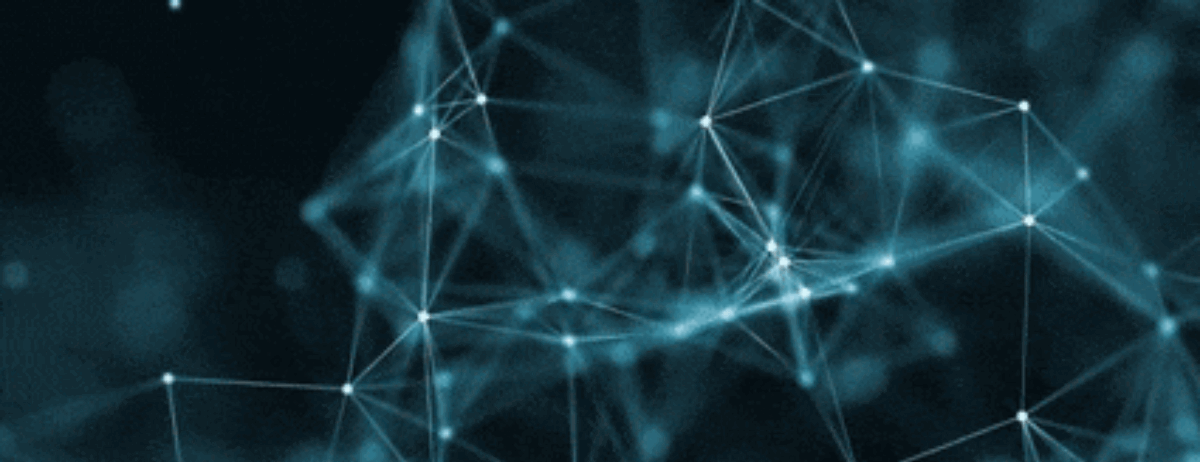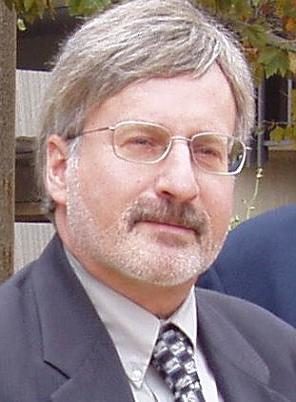Imagination Engines Inc. has been awarded an extremely significant patent, US 10,423,875, “ELECTRO-OPTICAL DEVICE AND METHOD FOR IDENTIFYING AND INDUCING TOPOLOGICAL STATES FORMED AMONG INTERCONNECTING NEURAL MODULES” (a.k.a., DABUS). The patent covers the mechanics by which vast swarms of neural nets join to form chains that encode concepts gleaned from their environment. It also teaches the noise-stimulation of such neural chaining systems to generate derivative concepts from their accumulated experience (i.e., idea formation).
This totally new AI paradigm has been scaled to trillions of computational neurons, the largest artificial neural systems in the world, within which myriad notions are simultaneously formed and then electro-optically communicated. By relying upon optical rather than purely electrical data transfers, truly parallel transmission of these geometrically encoded notions to downstream evaluation systems is achieved in a manner that preserves their simultaneity, allowing simpler concepts to combine into more complex ones. Anomaly filtering neural nets serve to isolate novel concepts from a chaotic neural background while preserving and accentuating the order with which neural nets link to form ideas.
Recently, news outlets around the world reported that this now patented neural system had invented two new patentable concepts, the first a distinctive distress beacon that simulates the attention-grabbing rhythm with which creative ideation occurs within the brain. The second is a fractal-based container, which due to its significantly enhanced surface area, (1) accelerates both heating and cooling of its contents; (2) facilitates both human and robotic handling; and (3) allows such containers to interlock into convenient shipping units. Currently, an international team of patent attorneys, headed by Dr. Ryan Abbott, has filed patent applications around the world for these AI-conceived inventions.[1]
Probably the most newsworthy aspect of this patent is that it paves the way for sentient AI, since it teaches how machines may generate the equivalent of subjective feelings through the triggering of memory sequences associated with any of their perceived or imagined notions. This succession of memories may terminate in so-called “hot button” nets that initiate the release of simulated neurotransmitters that then flood the entire neural system, creating the machine equivalent of the intangible sensations that characterize human consciousness. The result of such swings in artificial emotion is that ideas ripen over time, in contrast to deep learning techniques wherein pattern encoded notions activate as a result of comparatively simple and unemotional flow between a neural net’s input and output layers.
This patent is the most recent in a series of IEI’s generative neural network patents extending over three decades, all of which utilize various forms of external and internal noise to drive brainstorming sessions between at least two artificial neural nets. The previous 2008 patent in this series (US 7,454,388), and the steppingstone to this one, involved critic nets that could direct the generative nets’ stream of consciousness in the most promising direction through a variety of feedback mechanisms and reinforcement schemes, cooperatively or not.
The alternative title for this patent is appropriately DABUS, short for “Device for the Autonomous Bootstrapping of Unified Sentience.” It is expected to be the successor to deep learning and the key to achieving human level machine intelligence. It will be used to build highly transparent and self-explanatory synthetic brains to achieve so-called “Artificial General Intelligence” (AGI). Training of this system will rarely be from scratch since it will continually build upon its old experiences to account for the new. And as it observes and creates it will capture cause and effect relationships, rather than the mere correlations established through traditional machine and deep learning approaches.
For more information, contact the inventor of DABUS, Dr. Stephen Thaler at IEI in St. Charles, MO, via email, sthaler@imagination-engines.com.

